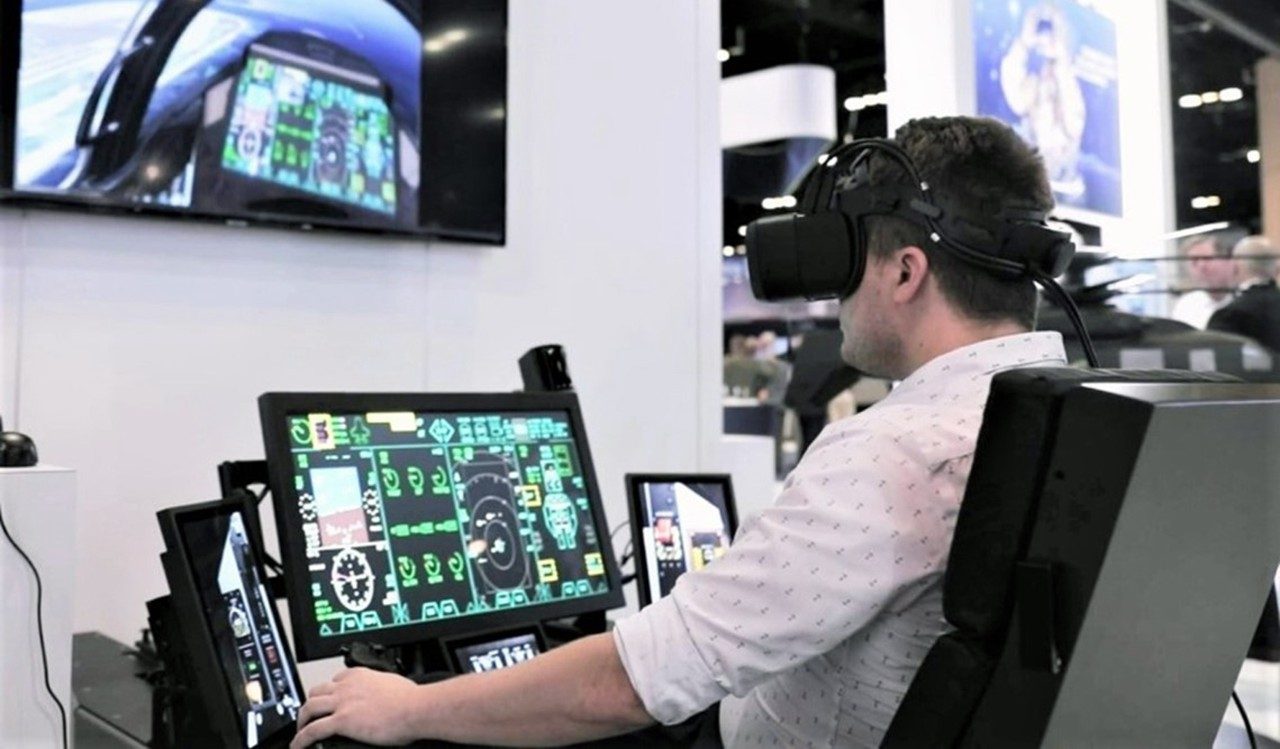Immersive Training Devices: Blending Real and Simulated Worlds Together
Lockheed Martin is creating and using extended reality (XR) technology that blends real and simulated worlds together in an accurate, immersive and affordable experience.
Immersive Training Device (ITD) technology allows customers to access existing training systems in a new way. Through independent research and development of ITDs, Lockheed Martin is delivering low-cost, deployable devices with extended reality (XR) technology, where the physical and digital worlds come together.
ITDs enhance Lockheed Martin’s existing simulation portfolio by incorporating XR, an umbrella term capturing VR (virtual reality), AR (augmented reality) and MR (mixed reality). It provides a virtual cockpit and synthetic environment for training pilots to fly by merging the real-world environment with a computer-generated one.
In this mixed reality setting, the pilot can interact with a touchscreen and real flight controls using a pass-through camera on their headset.
From Desktop to Fully Immersive Experiences
Systems that once were limited to a desktop are now fully immersive experiences with real controls and 360 degrees of out-the-window visuals.
By utilizing Prepar3D – a Lockheed Martin-built visual simulation platform that allows users to create training scenarios across aviation, maritime and ground domains – and other already established avionics systems, Lockheed Martin can build training systems with substantial training capabilities. Prepar3D is used for commercial, academic, professional or military instruction.

Delivering Training Solutions Quickly to the Point of Need
This technology allows small, deployable systems to deliver more comprehensive training solutions quickly at the point of need. They do not need the extensive facilities infrastructure and support staff that traditional flight simulators require.
The design of Lockheed Martin ITDs is based around an open architecture. Training system architects works across Lockheed Martin, small businesses and other large defense contractors to pull together a comprehensive solution in the quickest timeline possible.
“This partnership, combined with Lockheed Martin’s expertise in feature-rich training systems, creates a dynamic product line,” said Matt Swanson, engineering project manager. “We’re excited to expand this program and continue to innovate.”




